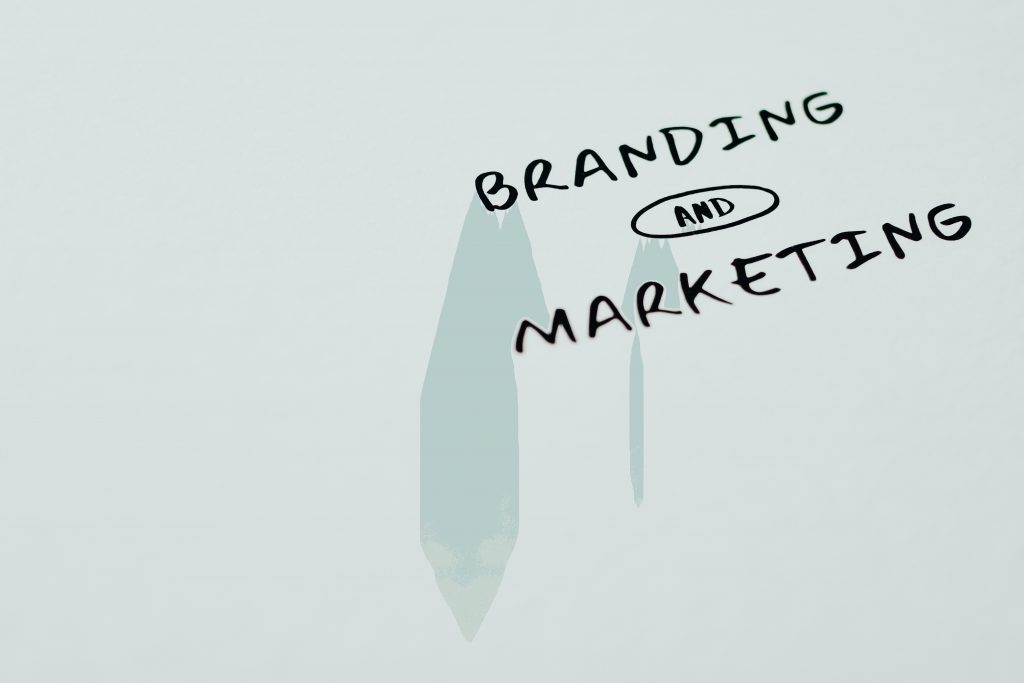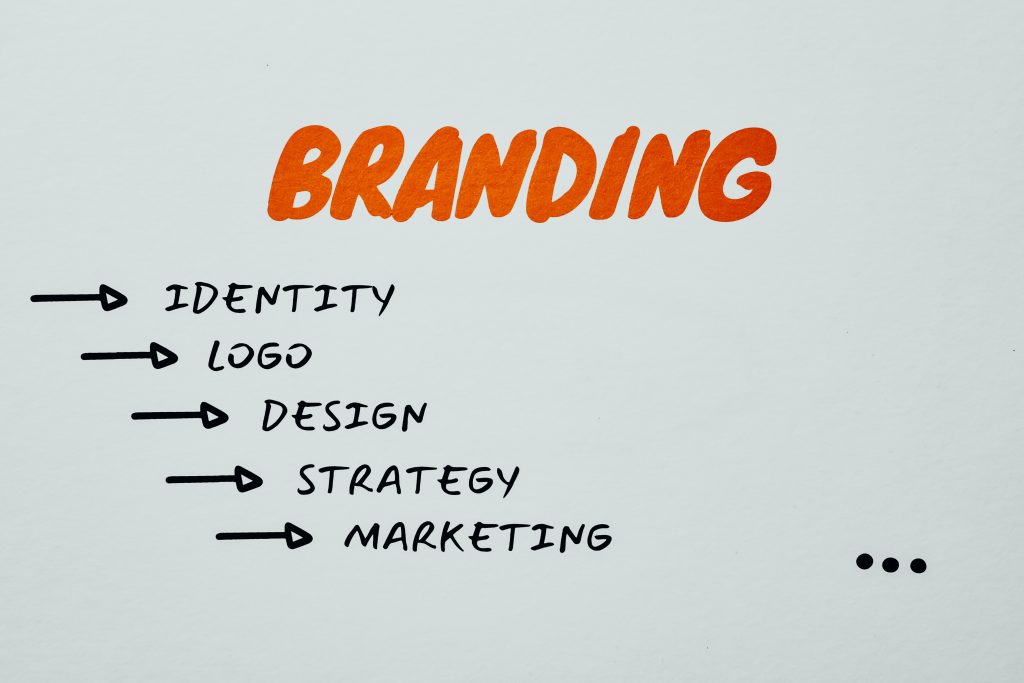Rebranding: What It Is and Why It’s Time to Ditch the Old Logo
Rebranding is clearly the process of reformulating or modifying an existing or prospective brand's image, much like branding is the process of creating that image. How can a brand's image be reshaped? The answer depends on the market situation, the product, and its audience.
A series of actions involving changes in ideology, positioning, appearance, and communication style must be taken in order to successfully alter a brand's perception in the banking or telecommunications markets.

First steps
To attract attention, engage a loyal audience, and draw in new customers, it can be sufficient to redesign or restyle—updating the visual design, refreshing the old logo, and revamping the corporate identity. For example, if a troublesome sales associate is dismissed from a local store, the store’s overall image improves, making it more appealing. This is akin to rebranding. The scope of changes and the specific elements that need to be updated can vary. The key is to ensure the changes are meaningful and lead to the desired outcome.
In this article, we'll discuss situations where it's crucial to get rid of or drastically alter the existing logo during the rebranding process. Here, "logo" encompasses both the corporate spelling of the name (the text part) and the brand mark (the graphic part).
If you've ever discussed rebranding with specialists, they've likely shared the main commandment of rebranding with a serious, prophetic demeanor: Do no harm!
While one can argue about the importance of this principle, it’s certainly wise not to neglect it. That's why we've decided to explore the complex issue of changing the logo, as it serves as the "face" of the brand, by which it is recognized, and represents significant company capital, with substantial investments often involved. Let's consider a few real situations when it is worth saying goodbye to the old logo without regrets.
You need to master the budget
We should not idealize the goals of ongoing marketing activities. Sometimes, there is simply an urgent need to spend a significant amount of money. This approach is particularly relevant for public institutions, where budget utilization is essential for their efficient and uninterrupted operation. We do not see any point in blaming the institutions themselves—this is the system. Similarly, we do not blame our colleagues in the marketing department nor diminish the value of their work—everything has its price, and they are not at fault for the complexity and subjectivity involved in design evaluation. Changing the logo can be a costly endeavor and serve as a substantial expense item.

The logo is initially bad
Sometimes, at the start, funds were scarce (or nonexistent), so a makeshift logo was created internally, and business began. This might have been due to incorrect tools, mixed-up layouts, or questionable advice. Consequently, the company continues to operate in the market with a subpar logo.
Managers often interpret this as a sign, believing their business success is linked to the peculiar logo: "We stand out, we are different, and that's why we are loved and recognized." In such cases, the company's success is mainly due to other strong brand attributes that prevail despite a weak corporate identity. While there's always a risk of losing recognition, it's possible to ensure aesthetic consistency and gather feedback from clients and business partners.
The logo does not match the company
The brand's existing visual representation might become inaccurate if its values, positioning, price range, interests, or preferences have changed. In such cases, just as an individual might get a new haircut and outfit, a business needs a new logo. This is necessary for the improvements to be noticed by the world.
This also applies when a business decides to produce goods under its brand in multiple categories, but the current logo hinders these new approaches from being seamlessly integrated. The most common technique is to shorten the primary name and combine it with the sign.
The audience's tastes do not align with the branding
Let's assume you have it all sorted out and the logo perfectly captures your vision of the business. It's essential for a successful business that the company's appearance matches your target market as well. This is undoubtedly one of the most prevalent and persuasive reasons to begin rebranding. The context may be different since you may have expanded into new areas, modified your audience's preferences, or even shrunk it.
All of this points to one clear truth: potential clients pass by without noticing or even "turning up their nose" at your brand.
We need to attract public attention

If your company desperately needs an information guide but the creativity or opportunities have dried up, you can resort to this method to draw attention to yourself. Design is increasingly penetrating into our daily lives, and news about bizarre and successful rebranding has long gone beyond the business environment. One of the most popular options is to contact a popular design studio and order an express design of a logo. Then, like in Russian roulette, you should first be lucky, and then you will get a design that everyone will talk about. Regardless of whether you like it or not and whether you will use it.
The logo cannot be registered or used
Not everyone needs trademark registration; it's a milestone you grow into. Those with ambitious goals or a mature business aim to safeguard their enterprise by registering their trademark. This slow and somewhat costly process is further complicated by searches and refusals. Among the multitude of registered brands, authorities scrutinize options similar to yours. And often, they find them. Thus, the cycle repeats.
Consider the case of the Japanese dog clothing manufacturer Adidog. Perhaps the business started as a lighthearted venture, creating novelty gifts for friends and acquaintances. However, as production expanded and its online presence grew through a website and social media accounts, it caught the attention of the Adidas brand.
While Adidas might have appreciated the jest, they didn't endorse it. They pursued legal action, citing significant logo confusion and buyer misrepresentation. The use of the logo in its existing form was prohibited.
You need to stand out from the competition
This reason is particularly pertinent for fiercely competitive sectors of goods and services, where differentiation at the level of the logo, signage, and corporate colors of advertising materials is crucial. This often manifests in the color of the logo, as it serves as the simplest, one might say, "pre-signed" brand identifier.
You need to pretend that you are a completely different company
Reputational scandals often prompt rebranding. Whether due to a tarnished image or shifting market demands, the reasons may vary, but the result remains the same: you must pretend to be someone you're not. While it's rarely possible to resolve such issues solely through visual changes, graphic attributes are crucial in reshaping consumers' perceptions.
Impersonation can be motivated by understandable desires. They are to garner attention and satisfy the audience. There are a lot of examples of image transformations: some driven by selfish motives to deceive customers and partners, others simply aiming to integrate into another market.

It's time to upgrade
The most successful brands refresh their logo at least once a decade to show that they are alive, developing together with the audience, and are not going to fall into senility. At the same time, no one requires drastic changes; it is enough to slightly correct the outline of the letters, change the slope of the sign, make the colors brighter... And voila! You can feel new. For many consumers, such changes may even go unnoticed if they are not disclosed. But they are told, and everything is not in vain.
The logo cannot be used on new media
Each company is now faced with the fact that their logo must now be placed in small circles on social media accounts and application squares. This is if we talk about modern requirements.
The brand may always have a need to use not only modern but simply new media. For example, there will be a need to print on cardboard boxes, and it will turn out that the monochrome version of the logo in brown tones has killed the whole idea, artistry, attractiveness, and readability of the brand.
This problem is faced either by the owners of old signs or by non-professionals. In both cases, this means that adaptability was not embedded in them: different logo orientations; colored, colorless, and monochrome versions; the rejection of fine lines and small details; etc. What can we say about companies with a century-old history when even Internet projects launched in the 21st century do not pass the test of time?
The adaptability of the logo does not mean a scarcity of execution. Adaptability assumes that you will think in advance about various options for using the future "face of the brand".
The logo unwittingly became associated with something bad
It's not that you failed somewhere; it's just that the world around you has become different. Something new and negative has appeared, similar to you, or the attitude towards the old has changed dramatically.
Participation in the promotion
This logo change is of a temporary, promotional nature, serving to declare the brand's social stance, capitalize on relevant trends, or simply stay aligned with the current flow.
The decision to alter the logo for such a campaign or similar initiative should be rooted in how well the idea, movement, or project aligns with the brand's values, those of its employees, and those of its customers. Don't fret over those who perceive every corporate action as purely self-serving—such skeptics will always exist.
To change or not to change?
We are convinced that rebranding for the sake of rebranding is a waste of time, money, and customer nerves. But if it is necessary to change the logo, you will have to be strong and go to the end. To do this, you need to carefully think through the entire process of implementing your renovations.
Headings: Design




